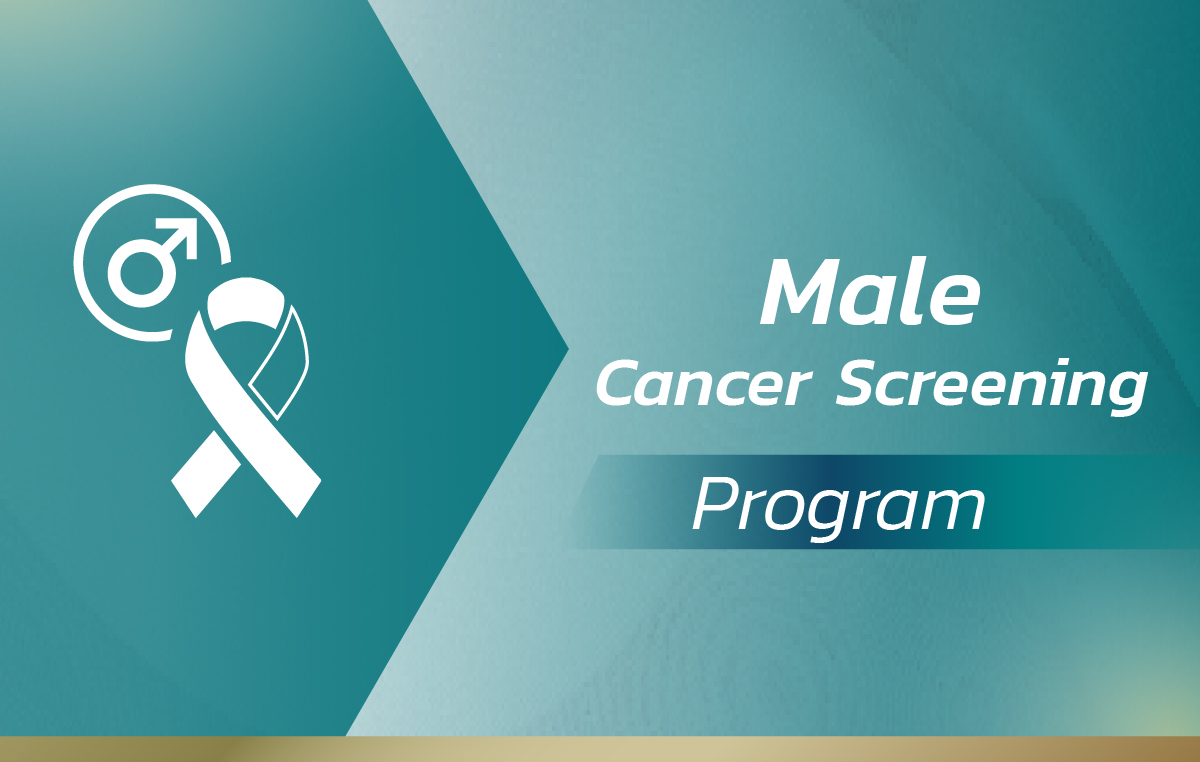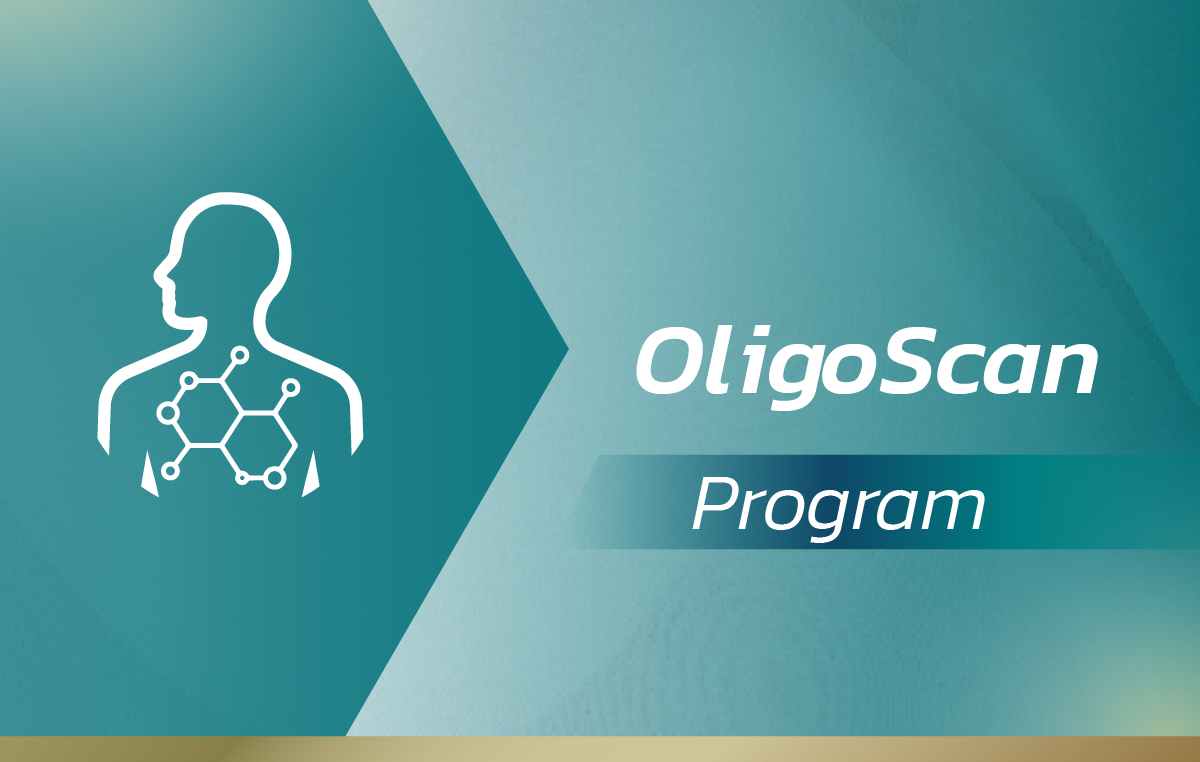Ozone Therapy
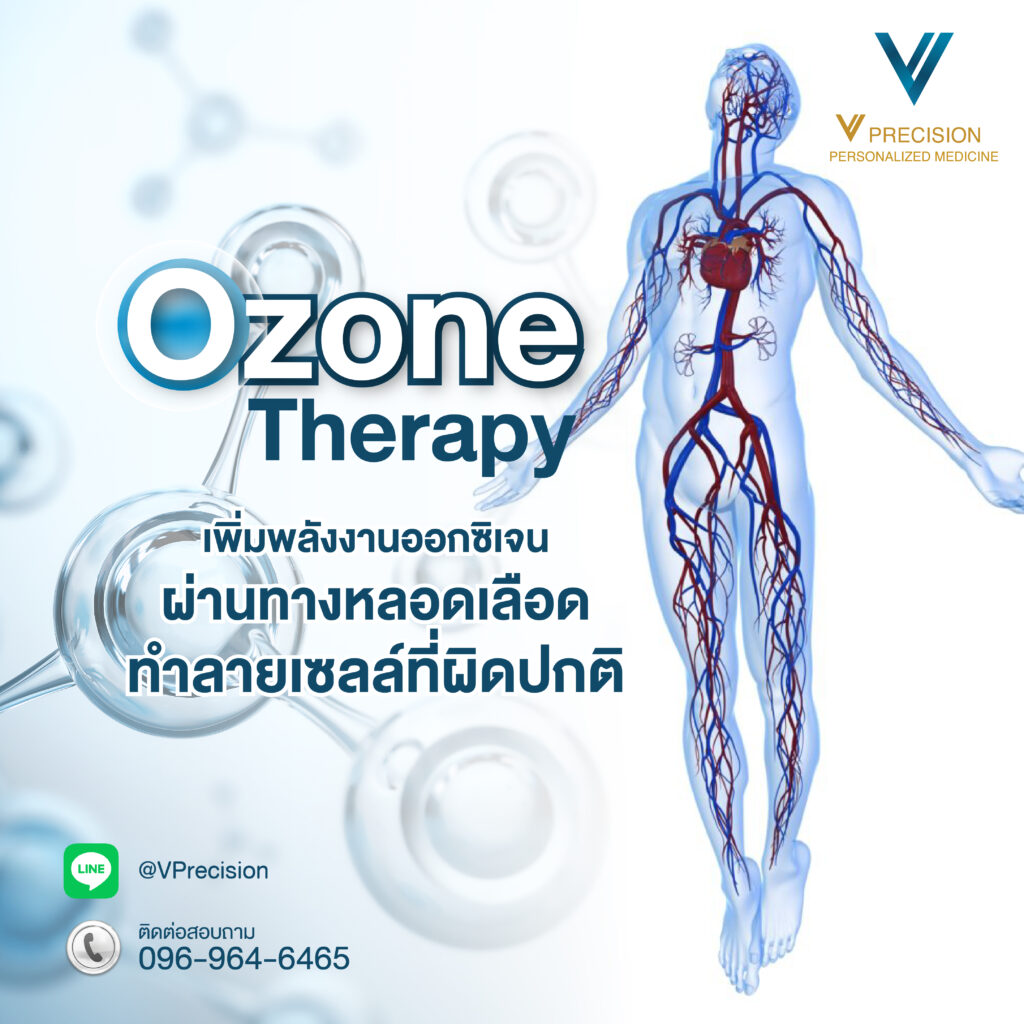
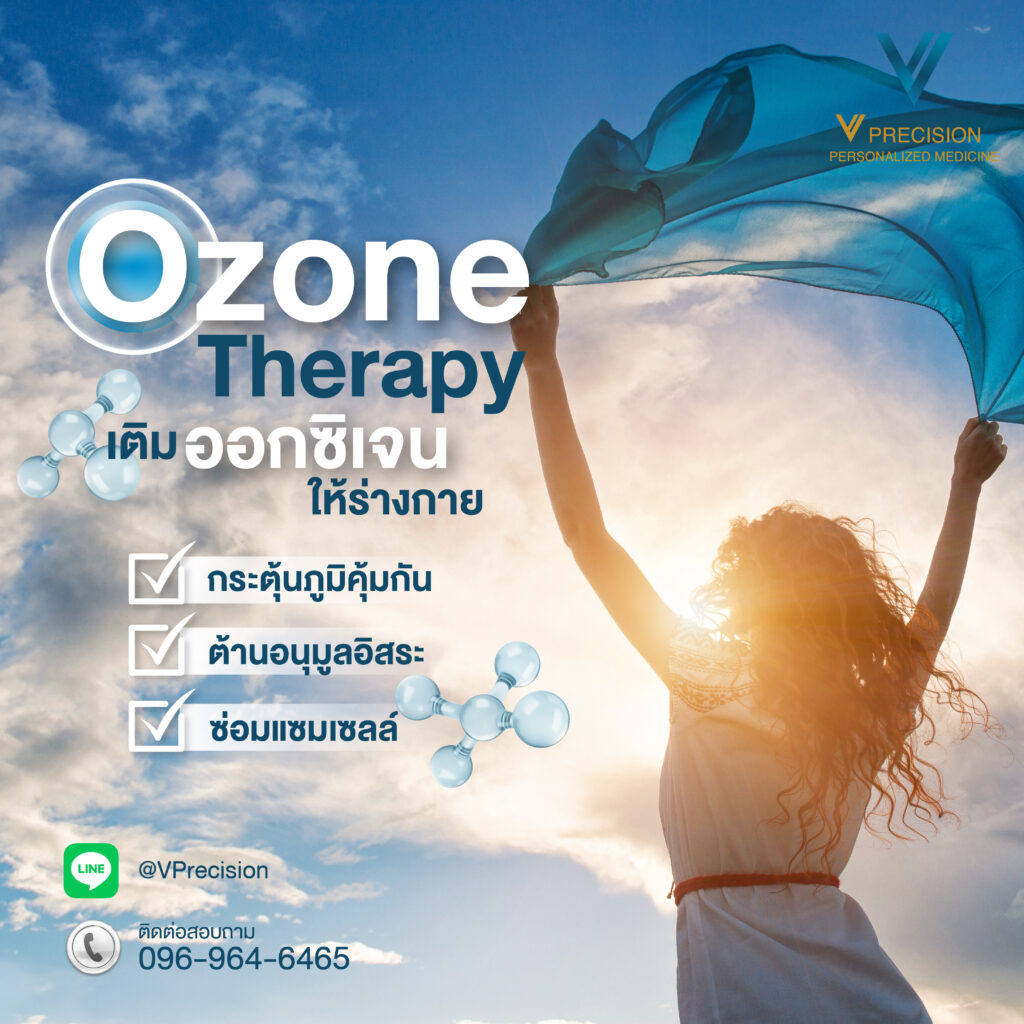
Ozone Therapy
Ozone therapy, also known as ozone treatment, involves the infusion of concentrated oxygen into the bloodstream. This is done by removing blood from the body, infusing it with ozone, and then returning it to the body. Ozone therapy helps various cells in the body to better receive oxygen, which can help prevent germs and viruses. It also stimulates and strengthens the immune system, enabling it to work quickly and efficiently. Ozone therapy can reduce chronic illness and fatigue.
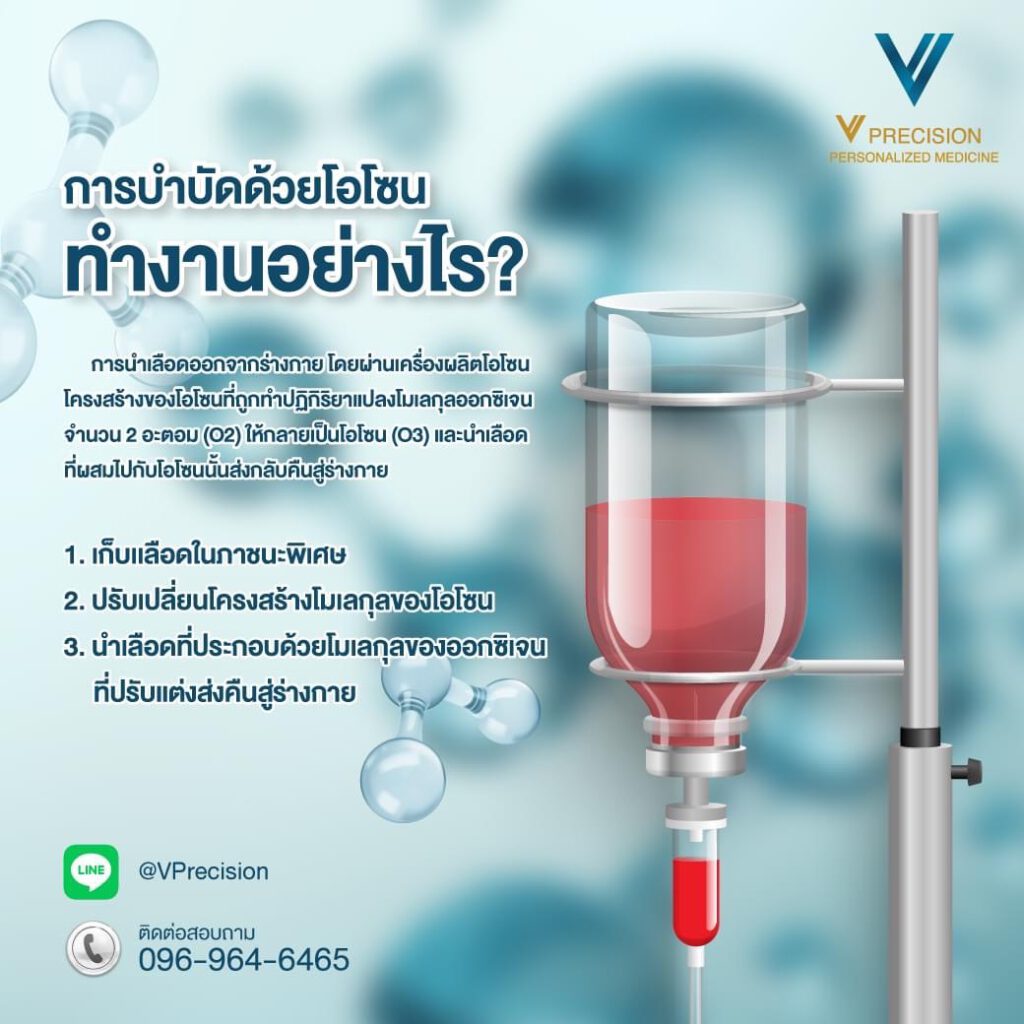
Who is Ozone Therapy suitable for?
- People with weak immune systems
- Those who are prone to infections, such as flu, or easily fall ill, or have sepsis.
- People with immune system problems, such as allergies, hives, and asthma.
- People with autoimmune diseases, such as psoriasis, rheumatoid arthritis, and systemic lupus erythematosus (SLE).
- Those with chronic wound problems, such as pressure ulcers and diabetic ulcers.
- People who suffer from chronic infections, such as hepatitis, herpes, and shingles.
- Individuals with circulatory problems.Those who suffer from tinnitus (ringing in the ears).
Benefits of Ozone Therapy
- Ozone therapy helps to strengthen the immune system of the body.
- It helps the cells in the body to receive better oxygen supply.
- Ozone therapy stimulates blood circulation in the body.
- It also stimulates the production of white blood cells, which help to protect the body from various infections.
- Ozone therapy boosts immunity against viruses.
- It promotes the regeneration of various systems in the body and helps to reduce inflammation.
- Ozone therapy helps to refresh the body and reduce symptoms of fatigue.
- It acts as an antioxidant, helping to get rid of accumulated toxins and waste from the body.
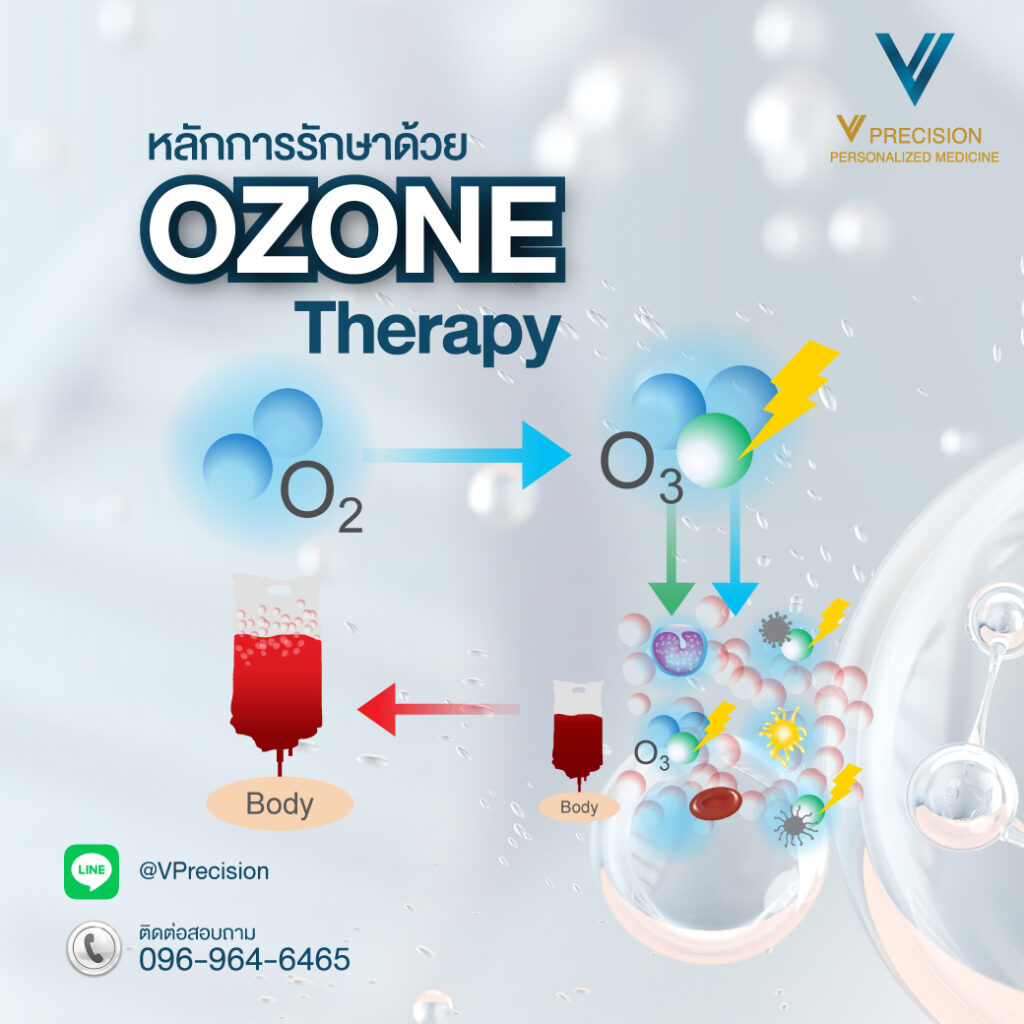
Time for Ozone Therapy
The duration of Ozone Therapy treatment is approximately 30 minutes, and it is recommended to undergo it at least 5 times or more to achieve better results. The frequency of the therapy sessions should be determined by the doctor and may range from 2-3 times a week.
Who is not suitable for Ozone Therapy?
- Individuals with blood pressure-related diseases, such as low or high blood pressure, are not recommended to undergo Ozone Therapy.
- People with G6PD disease or coagulation disorders, and low platelets should avoid this therapy.
- Pregnant women and children aged between 1-3 years should not undergo Ozone Therapy.
Precautions for Ozone Therapy
- After the Ozone Therapy treatment, it is possible to experience a fever due to immune stimulation.
- Ozone Therapy should not be performed at least 7 days before or after surgery.
- Before receiving Ozone Therapy, it is necessary to inform the doctor about medications and dietary supplements.
- A health assessment and evaluation of the physical condition, including congenital diseases, are required before receiving the Ozone Therapy service.
Ozone Therapy is a treatment that can help stimulate the immune system to fight germs and foreign substances in the body, promoting a healthy life. It also provides antioxidants to improve overall health. At V Precision, our team of medical professionals offers personalized Ozone Therapy treatment plans, which can be adjusted according to the individual’s needs. We provide expert advice and aim to offer a precise and suitable treatment plan for each individual.
Q&A Ozone Therapy
What benefits does the treatment provide?
The treatment stimulates the immune system to fight against germs, viruses, bacteria, and other foreign matter that enters the body, helping you maintain a healthy life. It also provides antioxidants to take care of your overall health and improve it.
How many minutes does it take to do?
We recommendation 30 minutes per section.
How often should the treatment be done?
- For individuals who wish to maintain good health, it is recommended to undergo the treatment once a week.
- For those who suffer from viral or bacterial infections, the treatment should be done 2-3 times a week, as advised by the doctor.
- There are contraindications for Ozone Therapy, including individuals with blood pressure-related diseases, such as low or high blood pressure, those with G6PD disease or coagulation disorders with low platelets, pregnant women, and children aged 1-3 years.
- After the treatment, some people may experience fever due to immune stimulation.
- The treatment should not be performed before or after surgery for at least 7 days, and it is crucial to inform the doctor about any medications and dietary supplements taken before the treatment.
- A health assessment and evaluation of physical conditions, including congenital diseases, are required before receiving the treatment.
What distinguishes Ozone Therapy from Hyperbaric Chamber treatment?
Ozone Therapy involves introducing O3 or ozone directly into the bloodstream along with oxygen, which enhances the efficiency of capturing oxygen, ozone, and red blood cells. The results of Ozone Therapy are typically faster than those of Hyperbaric Chamber treatment.





